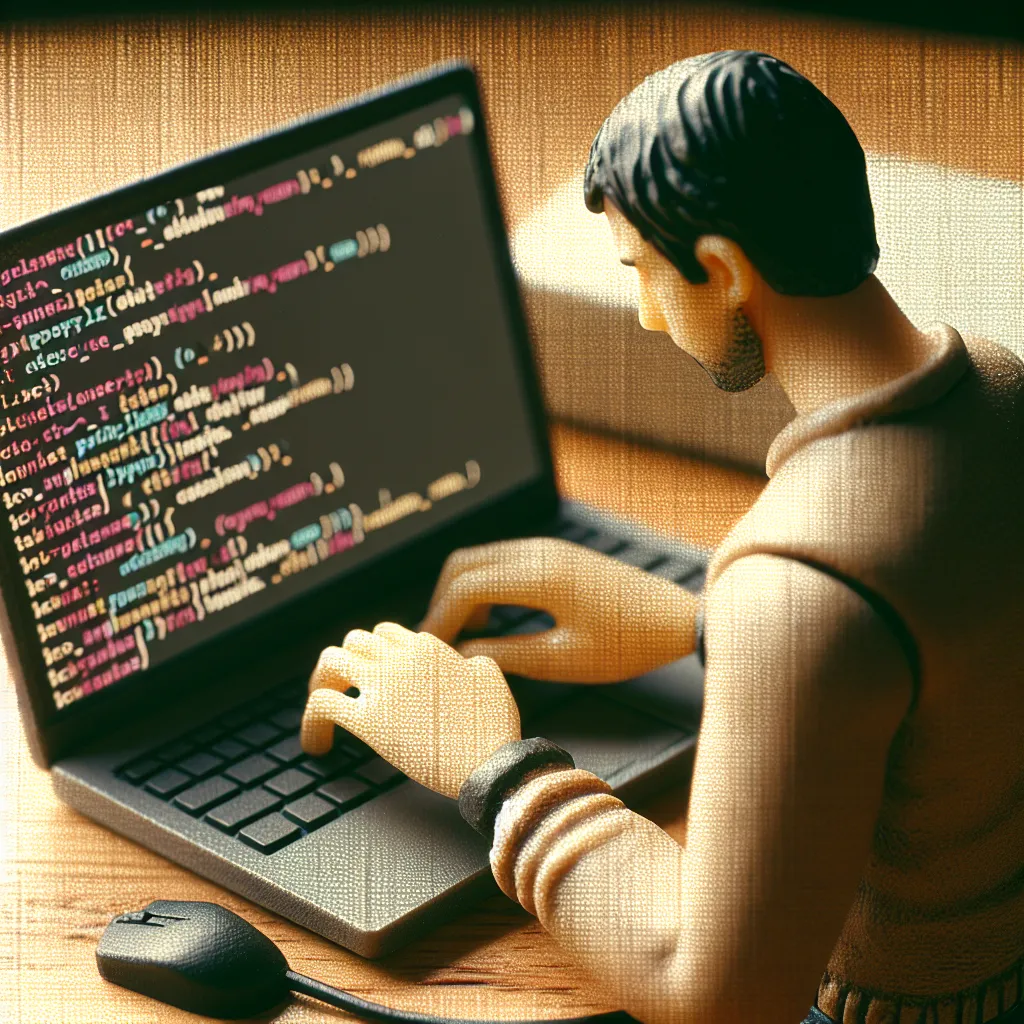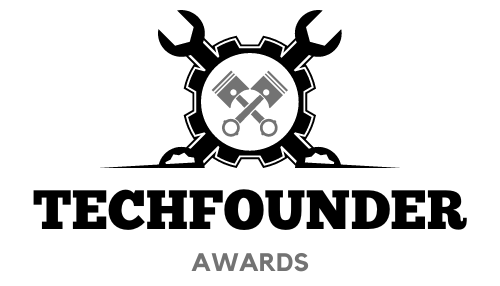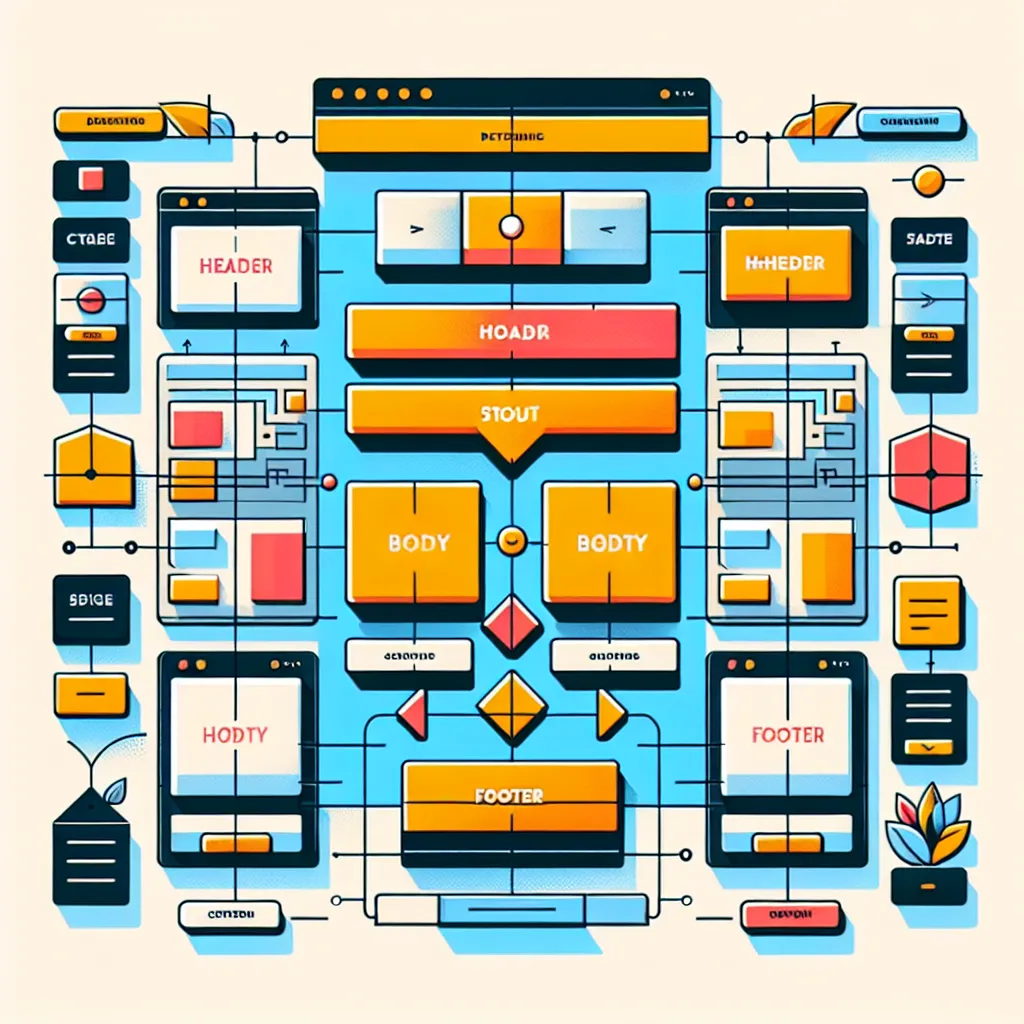Mastering Python: A Step-by-Step Guide for Beginners

Understanding the Basics of Python Programming
Understanding the basics of Python programming is essential for beginners looking to master the language. Python is a high-level, versatile programming language known for its readability and ease of use. One of the fundamental concepts to grasp is Python’s syntax, which is relatively simple and emphasizes readability. This makes it an ideal language for those new to programming.
Python uses indentation to define code blocks rather than relying on curly braces or keywords, which sets it apart from many other programming languages. Additionally, Python is dynamically typed, meaning that you don’t need to declare the type of a variable when you define one. This flexibility can make coding in Python feel more intuitive and less restrictive for beginners.
Another important aspect of understanding Python is knowing how to work with data types, such as strings, integers, floating-point numbers, and lists. Python offers a wide range of built-in data types and structures, providing beginners with the tools to handle different kinds of data effectively.
Furthermore, learning about basic control structures like loops and conditional statements is crucial for mastering Python. These constructs empower beginners to write more complex and functional programs by controlling the flow of their code.
In conclusion, comprehending the basics of Python programming, including its syntax, data types, and control structures, is the first step towards becoming proficient in the language. By mastering these fundamental concepts, beginners can establish a strong foundation for their Python journey.
Exploring Advanced Python Features for Effective Coding
As you progress in mastering Python, it’s essential to explore advanced features that can significantly enhance your coding skills. Understanding these advanced features not only makes your code more effective but also allows you to tackle complex problems more efficiently. One of the key advanced features of Python is its support for multiple programming paradigms, including procedural, object-oriented, and functional programming. This flexibility enables you to choose the best approach for each specific programming task, leading to more elegant and maintainable code.
Additionally, Python offers powerful tools for metaprogramming, allowing you to create code that manipulates other code. Decorators, metaclasses, and dynamic attribute access are examples of advanced features that empower you to customize and extend the behavior of your Python code. Moreover, Python’s support for asynchronous programming with features such as coroutines and async/await syntax enables you to write highly concurrent and efficient code for tasks like web scraping, network programming, and asynchronous I/O operations.
Furthermore, mastering Python involves delving into its standard library, which provides a rich set of modules and packages for various tasks, from working with data structures and algorithms to handling file I/O, networking, and more. Understanding and leveraging these advanced modules can significantly streamline your development process and lead to more robust and scalable solutions.
In conclusion, exploring advanced Python features is crucial for enhancing your coding proficiency and building more sophisticated applications. By mastering these advanced features, you can write cleaner, more efficient, and maintainable Python code, paving the way for successful software development projects.
Best Practices for Mastering Python Application Development
Mastering Python application development involves not only understanding the syntax and constructs of the language but also adopting the best practices for efficient and maintainable code. Here are some essential best practices to keep in mind when mastering Python application development.
1. Code Readability: Following the PEP 8 style guide can greatly enhance the readability of your code. Adhering to consistent naming conventions, proper indentation, and clear commenting can make your code more understandable to others and your future self.
2. Virtual Environments: Utilizing virtual environments with tools like venv or conda helps in isolating project dependencies and ensures that your application runs with the correct package versions. This approach avoids conflicts between different projects and simplifies deployment.
3. Testing: Embracing a test-driven development (TDD) approach, writing unit tests, and using frameworks like pytest can help in catching bugs early, ensuring code reliability, and facilitating future refactoring.
4. Pythonic Idioms: Embrace the idiomatic Python way of writing code. Pythonic code is concise, readable, and makes use of the language’s features and libraries effectively. Studying the Python standard library and popular third-party packages can help in understanding and applying Pythonic idioms.
5. Documentation: Proper documentation using docstrings and tools like Sphinx can aid in understanding the purpose and usage of your code, facilitating collaboration and maintenance.
6. Version Control: Leveraging version control systems such as Git enables efficient collaboration, tracking changes, and managing different code versions. Understanding branching strategies and best practices in version control is crucial for effective Python application development.
7. Performance Considerations: As your Python application scales, it’s important to be mindful of performance. Profiling tools, optimizing critical sections of code, and adopting performance-minded libraries can help in creating efficient applications.
Adhering to these best practices while mastering Python application development can lead to well-structured, maintainable, and efficient code, making your journey as a Python developer more rewarding and productive.



